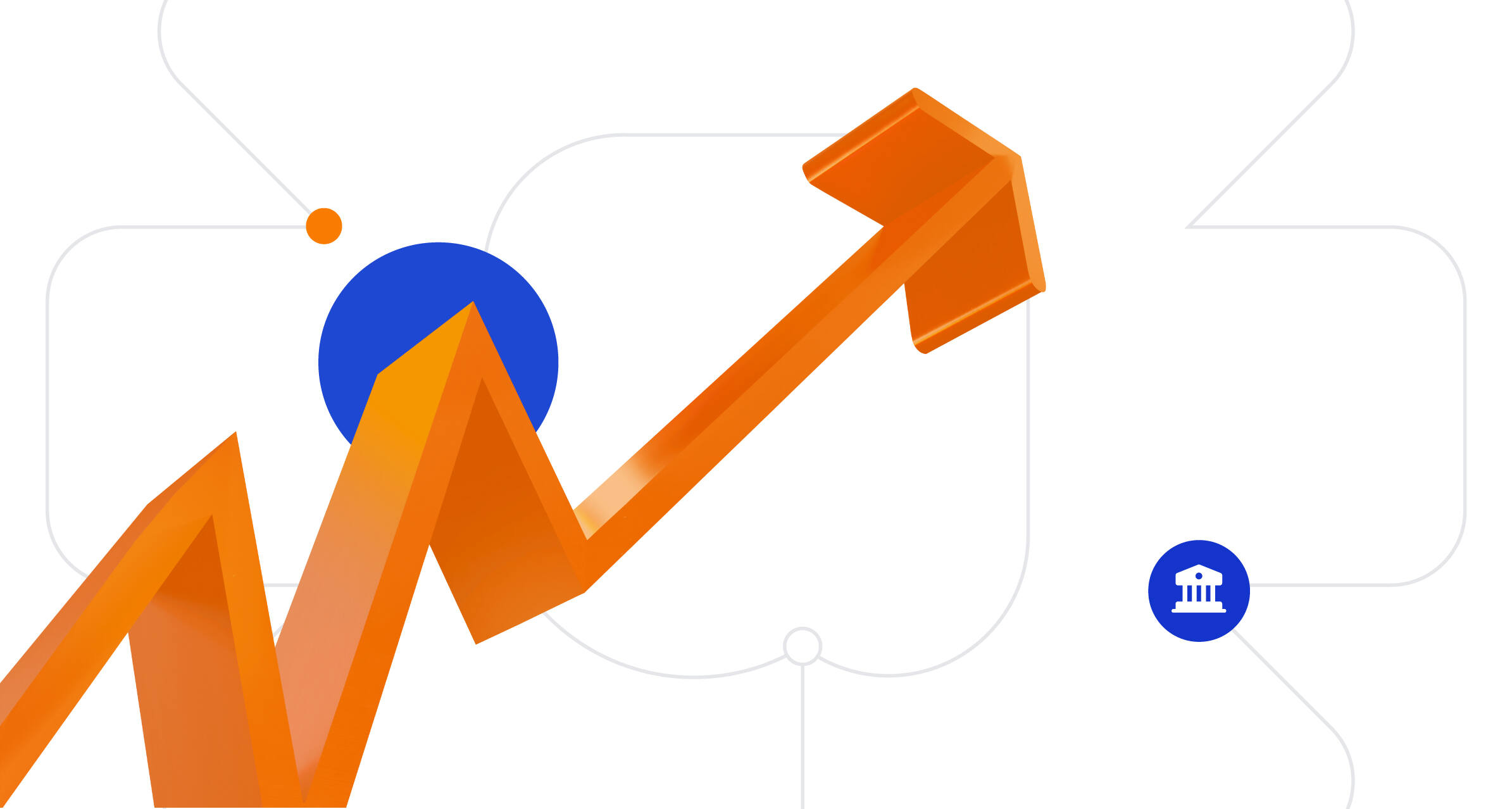This blog post is republished from an article seen on MEXICO BUSINESS NEWS where i2c president, Jim McCarthy, was recently interviewed to get his thoughts on why speed-to-market matters in fintech.
Although the importance of speed-to-market in financial innovation may seem obvious, what’s less emphasized is how this speed is achieved, which may be more important than the achievement itself.
That’s because speed-to-market is just one part of a broader set of competitive drivers in fintech today and is closely tied to another key factor: faster innovation cycles. As financial innovators are realizing, getting one’s initial product to market quickly has many benefits, including first-mover advantage and time to revenue. However, as recent lessons show, getting to the second or third product (or iteration) is just as critical to achieving sustainable, scalable growth. That ability depends largely on the platforms and partners selected at the beginning.
Why Speed-to-Market Matters in Fintech
Most fintechs have a similar story arc: A founder has a great idea; investors back the founder in pursuing that idea; the founder and team embark on the complex work of executing that vision, focusing on their unique value, and partnering as much as possible for everything else. Investors watch closely and if all goes well, the product has wide acceptance, the company grows quickly, acquiring lots of customers and data, and everyone is happy.
But, then what? What’s the second act? What does all that data tell the fintech? As it turns out, even the savviest innovators often can‘t predict what other requirements the business will dictate. For example, a neo bank or fintech may have based their initial product on prepaid, but then gained enough customer insight and loyalty to realize they have a great opportunity offering credit or expanding to another market.
That’s where things get tricky. The ability to successfully execute the next innovation cycle will depend a great deal on which platforms and partners a business chooses early on. One such choice is an issuer processor partner. The platform that may have seemed like the right choice for an initial product, i.e., because it appeared to be the quickest route to market and pleasing to investors, may be inadequate or impractical for the next one. It’s an often-overlooked fact that many “modern” platforms support a prepaid offering but fewer support credit.
The reason is complexity. Creating and supporting a credit card program requires a platform that can manage many variables, including interest, APRs, rewards, managing chargebacks and disputes and producing statements. It’s a different world from prepaid, which is straightforward by comparison.
Keys to Success
I often say, “I don‘t have to predict the future … I just have to be ready to execute when it comes.” Having the ability to work with a number of financial visionaries, from fintechs to traditional banks, has afforded us a great vantage point for learning. One of those key lessons is just how important it is to have as much flexibility and as many product options as possible on a single platform.
When a client can add features, iterate, and expand from an initial program to other programs should they decide to take a new direction or stumble upon another insight and opportunity down the road, a key need is met.
The same applies to financial institutions that every day must satisfy more technically astute and demanding customers who want more features and convenience. Where they invest and place those capabilities will determine a lot of what they can or can‘t do next.
The pandemic will forever be remembered as a destabilizing event for businesses of all sorts, but those who were on the most agile platforms were able to adapt and innovate quicker than their peers. For example, the ability to quickly shift to 100 percent digital onboarding and issuing using APIs to overcome customers’ needs to isolate and their desire to not enter a branch was key to many of our clients over the past year.
Characteristics of a Payment Platform
There are many factors in choosing an issuer processor platform. Key considerations: Does the platform support prepaid, credit and debit? Can it do installments like buy now pay later (BNPL)? Does it support multiple currencies and purses? Is it truly global or will you need to integrate with separate stacks for different geographies – a very costly and time-consuming factor when thinking about innovation cycles? Also, which payment networks is the platform integrated with? Just Visa and Mastercard, or American Express, UnionPay and Discover too? Which last-mile services can it also support (for example, 24x7x365 Contact Center support)? As many have learned, it’s about more than just getting to market quickly. It’s about also having the available options to meet needs in the long run.
These questions and a host of others often determine how quickly a company can bring its ideas to market, but also how quickly it can learn, adapt, scale and diversify thereafter.


